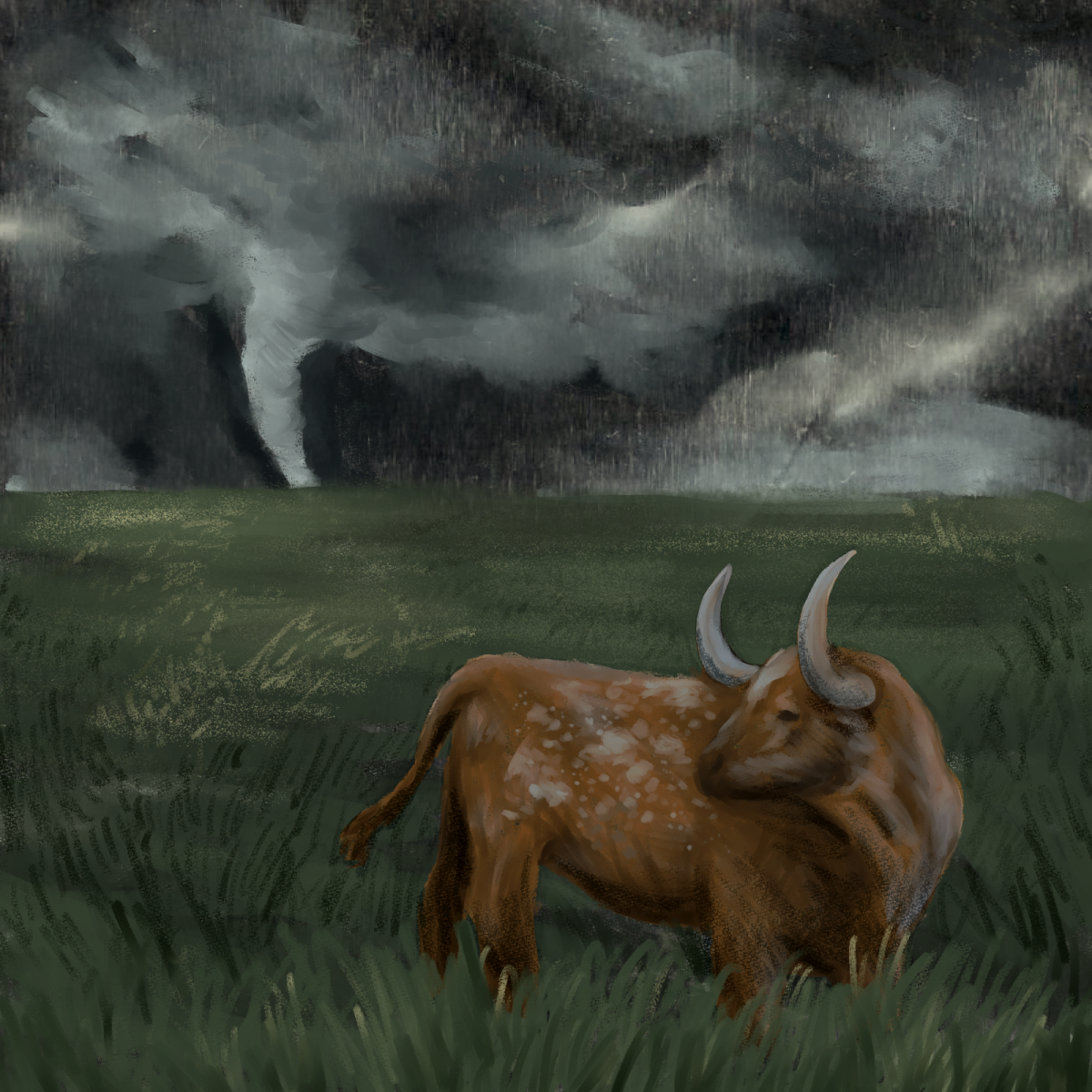Just in time for the release of blockbuster “Twisters” this past Friday, this fall welcomes the inaugural class of UT climate system science majors — providing an opportunity for anyone inspired by the movie’s storm chasers to pursue an education that prepares them for the field. However, even outside of this degree path, numerous University courses can prepare aspiring storm-chasing Longhorns. The Daily Texan compiled a list of some of these courses.
GEO 327G. Geographic Information System and Global Positioning System Applications in Earth Science
Environmental science and geological science majors are eligible for this course studying GIS and GPS theory and practices. Experience using GIS, GPS, satellite and aerial photos to collect and map data could help when tracking storms and assessing their threats — both of which serve as essential skills for storm chasers following these natural disasters and informing the public about them. The course is offered in the fall semester with two-weekend field trips, three lecture hours and two lab hours a week.
GEO 347G. Climate System Modeling
This course consists of three lecture hours a week studying weather and climate system modeling through various applications such as Texas Advanced Computing Center supercomputer applications. Having this basic understanding of weather modeling would aid chasers in tracking weather patterns during times of storm risk.
GEO 416W. Climate, Water and the Environment
Basic knowledge about the processes controlling water and carbon cycles prove essential to storm chasers in order to understand and predict storm hazards. This course provides a basic understanding of these topics in the context of current issues with climate change, resource availability and sustainability for three lectures and two lab hours a week.
GEO 398D. Topics in Machine Learning Data Analytics
This course offers five different study topics exclusively for geological science students three lecture hours a week. Topics two and four specifically provide beneficial studies for aspiring storm chasers. Topic two analyzes geoscience challenges through Python programming language and Jupyter computational notebooks, and topic four focuses on machine learning algorithms used to predict geoscience problems. Such geoscience technology experience could help chasers stand out in the field and efficiently assess hazards.
J 380V. Visual Journalism
Another course for any graduate standing student, visual journalism offers the chance for students to gain essential basic understanding and practice with photography, web publishing and videography to become a profitable storm chaser. Because profit made from chasing storms can come from selling footage or working in collaboration with television media crews, it is advantageous for chasers to have some visual media expertise so their storm documentation efforts are profitable.




















